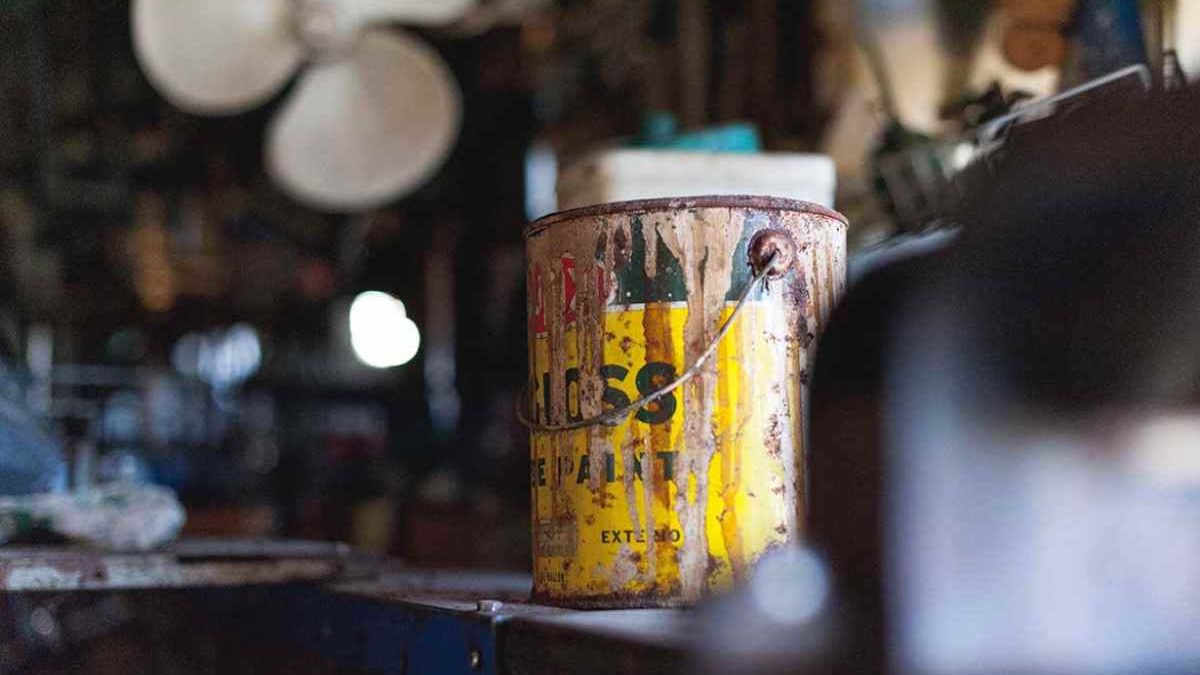Are you familiar with COSHH? In a nutshell, it refers to the law that requires employers to control substances that are hazardous to health, making it pretty integral. Let’s look at what COSHH actually is, and how it manifests in the workplace.
Table of Contents
What is COSHH?
COSHH incorporates several actions into one overriding responsibility – preventing and controlling exposure to substances that are hazardous to health. This includes chemicals, products containing chemicals, fumes, germs, dusts, gases and much more.
Most businesses use or have exposure to substances that could harm others in the workplace. As a result, it is required, by law, that employers and employees adhere to protocols summarised in COSHH handbooks.
Examples include:
- Identifying health hazards
- Conducting a risk assessment to prevent harm to health
- Training and educating employees
- Implementing control measures that reduce harm to health
- Having emergency plans in place
When it comes to implementing COSHH in the workplace, there are employer responsibilities and employee responsibilities that work in unity.
Employer responsibilities
Employers have many duties to follow, such as issuing appropriate personal protective equipment (PPE) and ensuring that you have means to store and dispense it easily is just as important. You can facilitate this by investing in PPE dispensers for gloves, aprons or eyewear, depending on what’s required in the workplace.
Ensuring that your staff are well-trained when dealing with hazardous substances is another important aspect of COSHH, as well as making sure any necessary control measures for each hazard are maintained and recorded. On top of this, regular risk assessments should be completed and recorded, with ongoing surveillance of any hazardous substances. Supervising your employees to make sure they are following the rules is another important factor.
Employee responsibilities
Employees are also expected to adhere to COSHH guidelines to help make sure everybody remains safe.
First and foremost, setting a good example in the workplace is the best way to set the standard for other colleagues. This includes correcting any unsafe actions taken by others. More specific actions include wearing the PPE equipment provided (this includes adjusting things where necessary so they fit properly), following procedures to minimise hazards and reporting any accidents that take place, no matter how minor they may seem.
The same level of care applies to cleanliness, by using any facilities provided to maintain good hygiene. Finally, attending medical check-ups is very important. It may be that certain people are more vulnerable and at risk of a particular substance, meaning that COSHH practices need to be even more thorough in some cases.
Do you use COSHH in your workplace? If so, where do you work and what precautions are you expected to follow? Leave your comments below!


